How to Properly Pet a Cat

If you’ve ever been around cats, you’ll know that they can be… finicky. Cats mostly do everything on their own terms. They eat when they want to, cuddle with you when they want to, and sleep when and where they want to. Living with a cat often means adjusting your life around them and not expecting it to be the other way around. Crown & Paw is here to help, starting with a few tips for how to properly pet a cat.
Petting Cats...Always a Surprise
Even with all the tips and tricks for how to properly pet a cat, it’s important to remember that every cat is different, and every cat can be unpredictable. You can do the same thing every time and get a different response. This is normal! There is no guarantee when it comes to petting cats, and you should always expect the unexpected.
Cats, just like dogs, have their own personalities. They also have their own “mood,” just like we do. Make sure that you respect their space and their autonomy, and only pet them when they are receptive to it. Your cat does love you, or at least feels some sort of affection toward you (although some studies show they may just think we’re big, stupid cats). When you pet them without their permission, it harms the bond that you’ve formed and can make you feel scary.
How Do We Know The “Proper” Way To Pet a Cat?
It may surprise you, but there are many animal behaviorists out there who focus their attention of studying cats specifically. There have also been studies that have looked at the science behind cats and their petting preferences. Specifically, the studies took a close look at whether or not cats have areas that they would prefer to be pet, and whether that changes depending on whether the cat is familiar with the person petting them or not.
They did this by videotaping people petting cats in the comfort of their own homes on two different days. On one of the days, the cat was petted by their owner. On the other, a stranger comes in to pet them. After compiling the data and evaluating each cat’s behavior, both individually and as part of the group, they were able to come up with a few tell-tale signs that the cat was enjoying the area that was being petted:
- Kneading (or, as we like to call it, “making muffins”)
- Slowly blinking their eyes
- Rubbing against the person petting them or licking them (or themselves)
- Holding their tail upright
They also identified signs that the cat did not like how or where they were being petted:
- Trying to get away
- Attempting to scratch or bite
- Licking their lips
- Flicking their tail quickly
Keep both of those categories in mind when learning the ways to properly pet your cat. If you see any of the signs that the cat doesn’t like it, stop immediately. Cat bites can be nasty, after all.
Where To Pet A Cat
The study also showed areas that most cats show a preference for being petted. The vast majority of the cat’s studied preferred to be pet on the head, including their chin and face. This is especially true for those areas that sit directly over the cat’s scent glands, and there are actually five different scent glands on the face.
- Temporal - Located on the cat’s “temples”
- Pineal - Located behind each ear
- Cheek - Located on either cheek
- Perioral - Located in the mouth, near the gums
- Submandibular - Located on the chin
Why cats prefer to be scratched on their scent glands is unclear. Some people believe that cats believe that they are marking you as their property, while others think it probably just feels good. However, if you’re unclear where to pet a cat in an area that is (mostly) always comfortable for them, these areas are a great place to start. These are also areas that cats use to greet each other, so petting a cat there is a great way to just say hello!
Where Not To Pet A Cat
Just like there are areas cats would prefer to be petted, there are also areas most cats would prefer to have left alone.
One of the petting spots that often leads to upsetting your cat is near their tail. While some cats get “elevator butt” when you pet them near their tails, most will try to move away and may even bite. There are scent glands here, just like on the face, but they do seem to be less likely to want to be pet here.
However, by far the most common “no-no” spots that will upset cats and cause them to either bite or get up and walk away is their belly. Most cat behaviorists attribute this to their awareness of their status as potential prey to bigger animals (and humans are bigger animals). That leads them to want to protect their stomachs, where most of the vital organs are located. Having their belly rubbed may make them feel vulnerable and scared, which is why they are so prone to rabbit kick you when you try to pet them there.
Again, make sure to take your cat’s own personal preferences into account. You know your cat best, and we all know they don’t like to listen to what they should or shouldn’t do.
Other Ways To Bond With A Cat
Even though cats aren’t always as outgoing as dogs are, they still become family just as quickly. Many people love their cats so much that they become their pride and joy, even going so far as memorializing their relationship on canvas.
While petting is one of the main ways to bond and increase your relationship with your cat, it isn’t the only way!
Playing with your cat is also a great way to bond. Even though cats spend a lot of their day laying around in the sun, they need a certain amount of activity to be able to sleep well and feel mentally fulfilled. Unhappy, unstimulated cats are the ones who destroy things and are the craziest in the middle of the night when you’re trying to sleep. Keeping them engaged can help, and it’s fun for both of you! Try a play session right before bed and see how much easier you sleep.
Cats prefer to play in ways that stimulate their hunting instincts. That’s why strings, feathers, balls, and other toys that cats can chase or jump to make great play instruments. There are cats who will even play fetch with you!
Also, and this may surprise you, cats can actually learn tricks! The key is to find ways to motivate them. Some cats are food-driven, so treats work great. Others are motivated by positive voices, so praising them can be helpful. Try teaching your cat to sit or jump. It’s fun working with them, but don’t get frustrated. Just like everything in a cat’s life, they tend to work only on their own schedule.
In Conclusion…
Your cat is a source of comfort, and there is probably nothing you would rather do than spend a quiet night sitting on the couch with them on your lap. Crown & Paw understands the importance of that relationship and wants to help you honor that special relationship in a permanent way. When you create a pet portrait of your furry friend, you create a memory that will last forever. You both deserve that.
Sources:
Scientist: Cats think you are just a big, stupid cat | cnet
Where Your Cat Wants to Be Petted, According to Science | Mental Floss



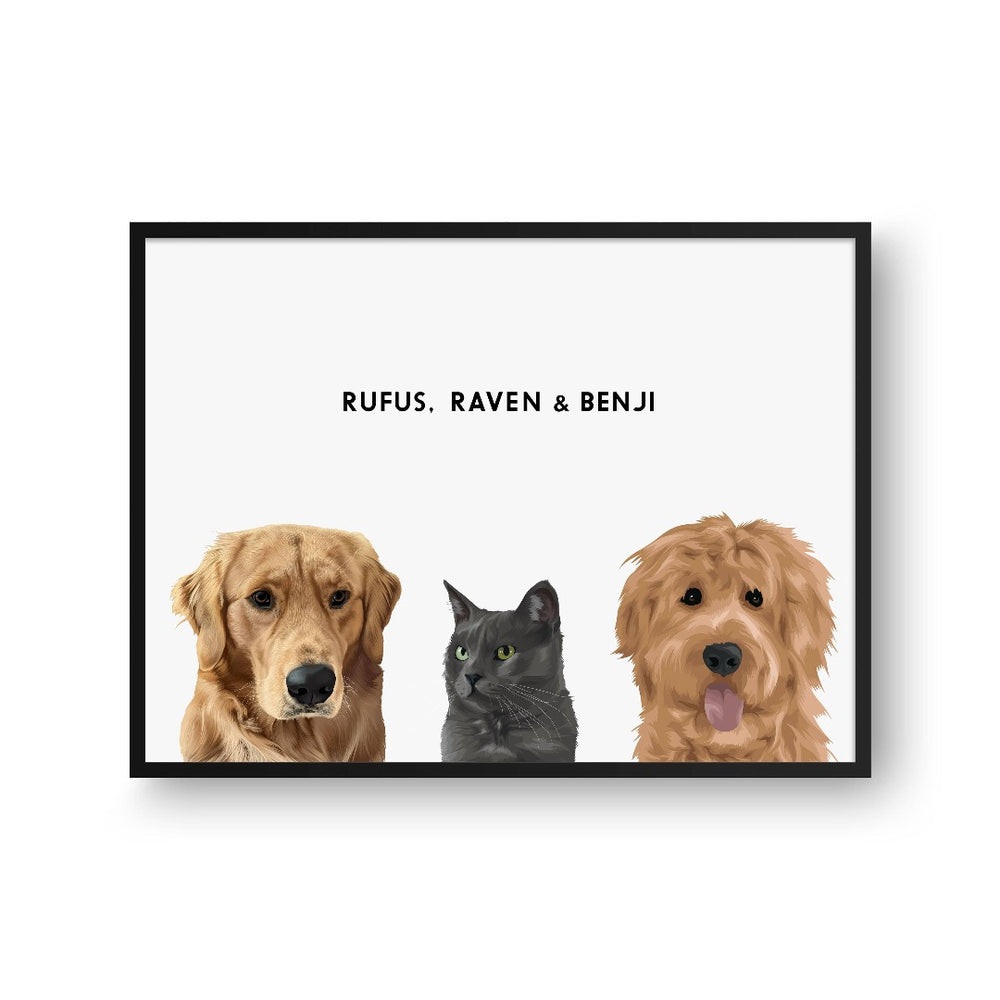

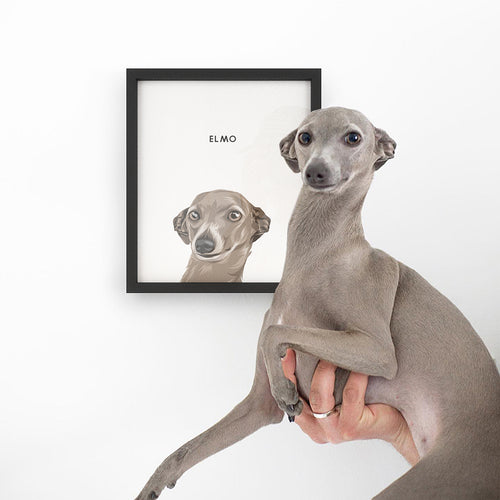
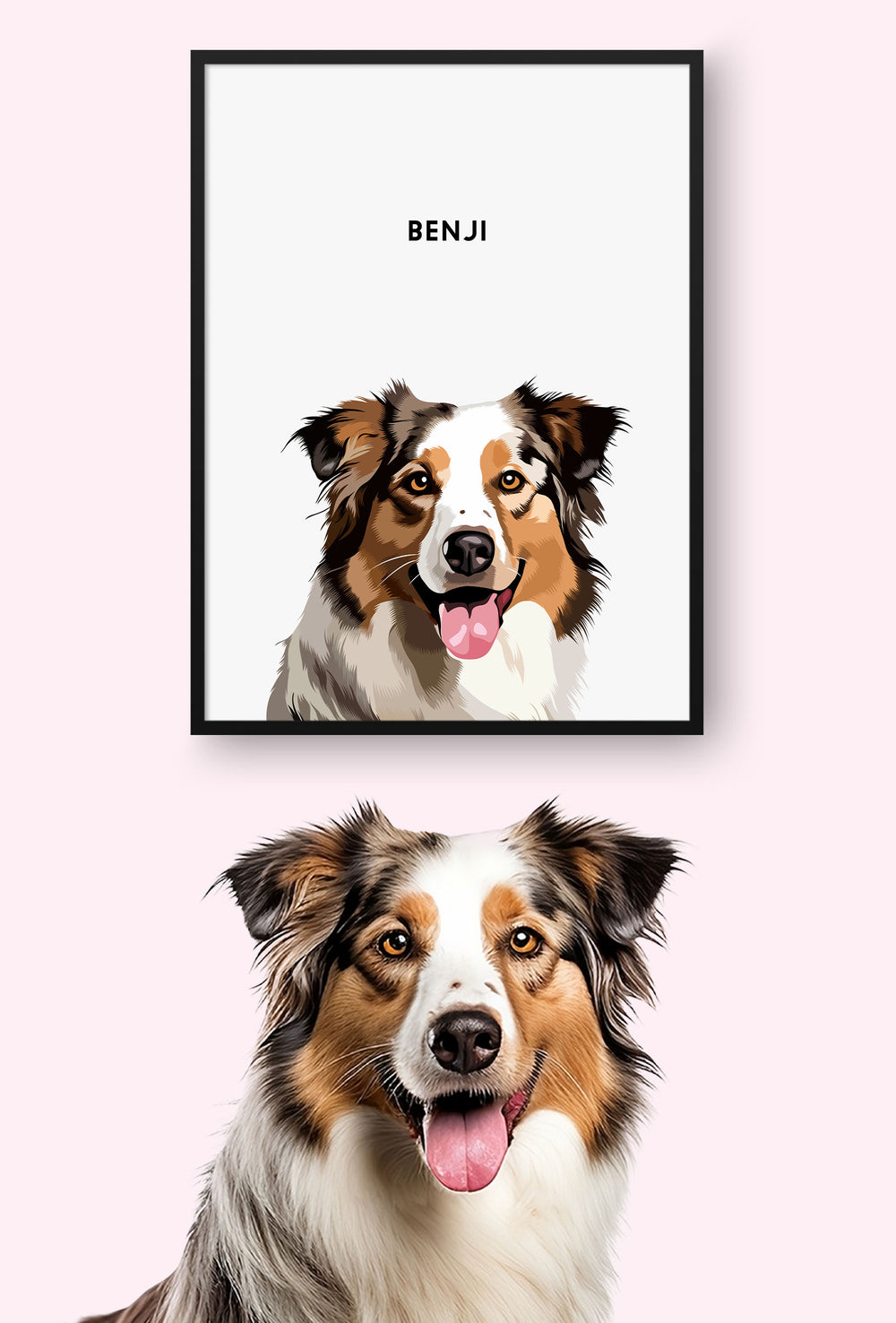
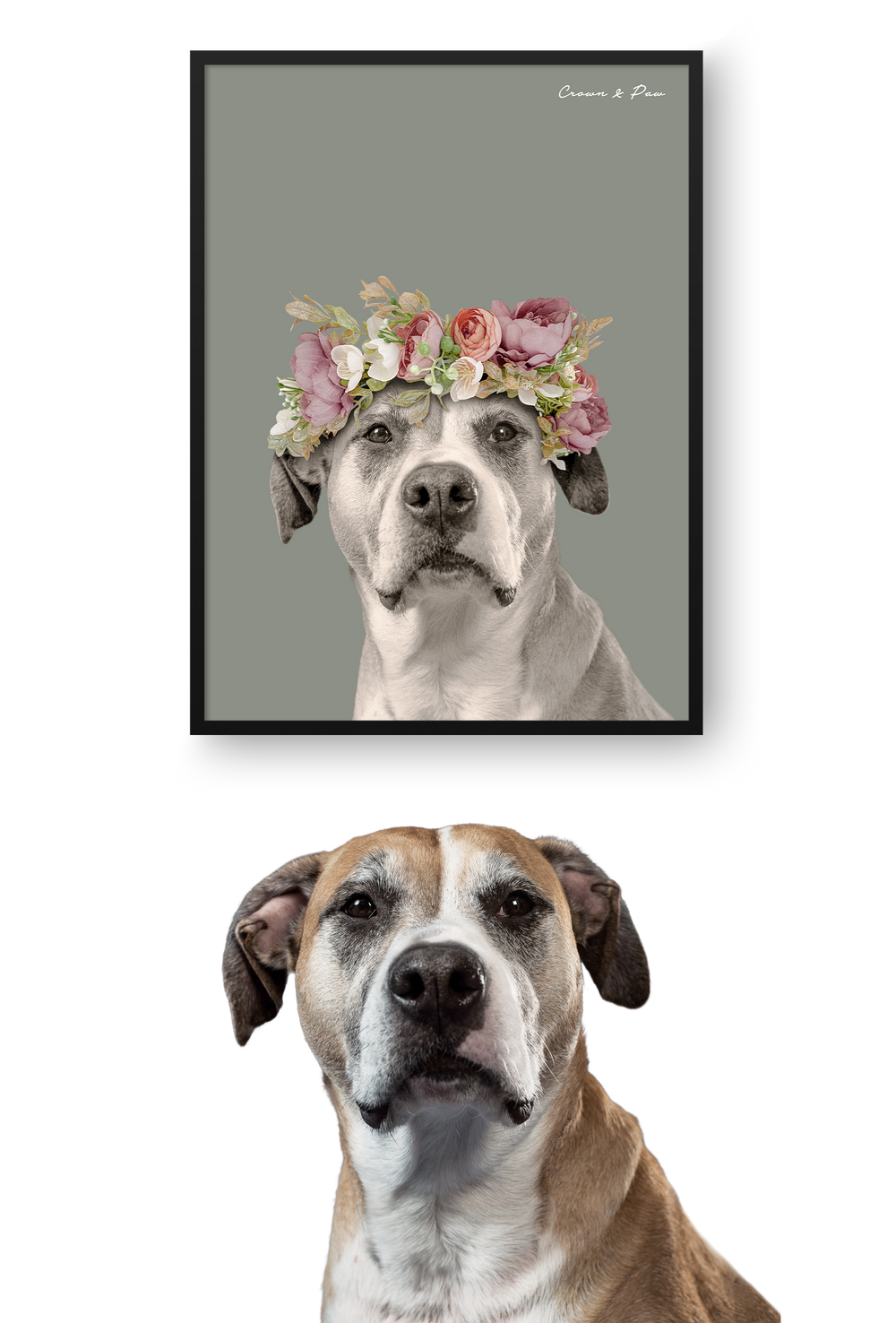


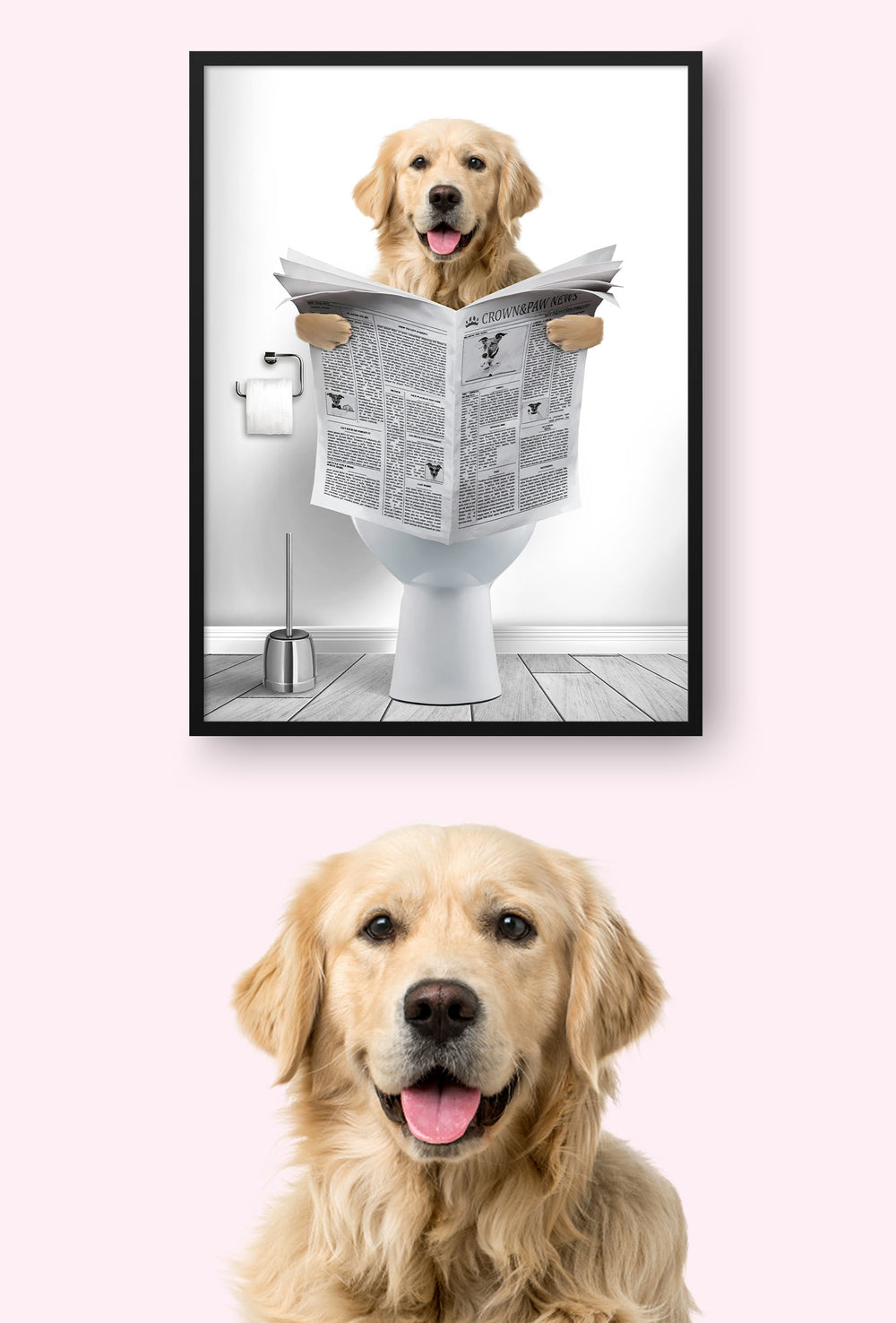
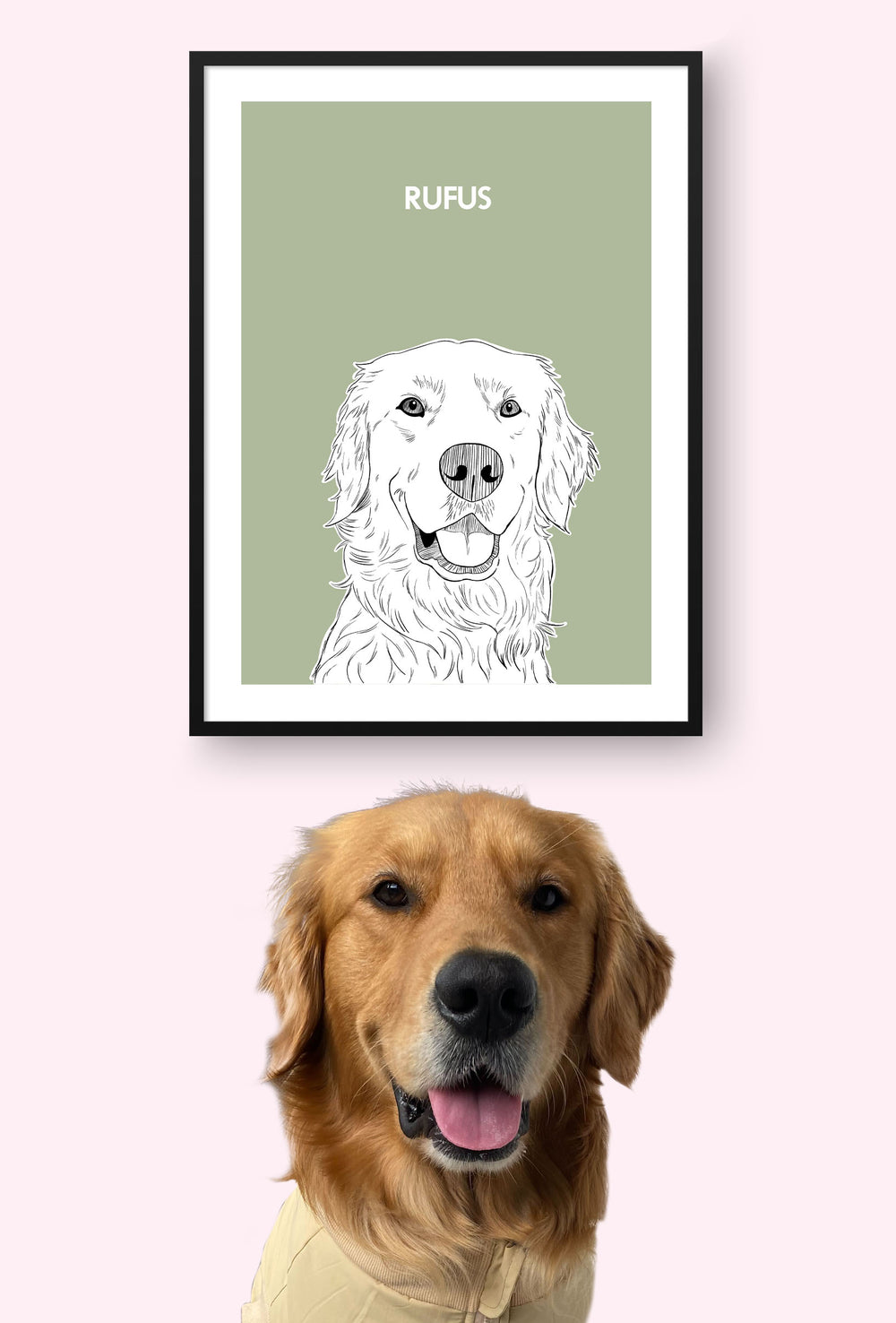
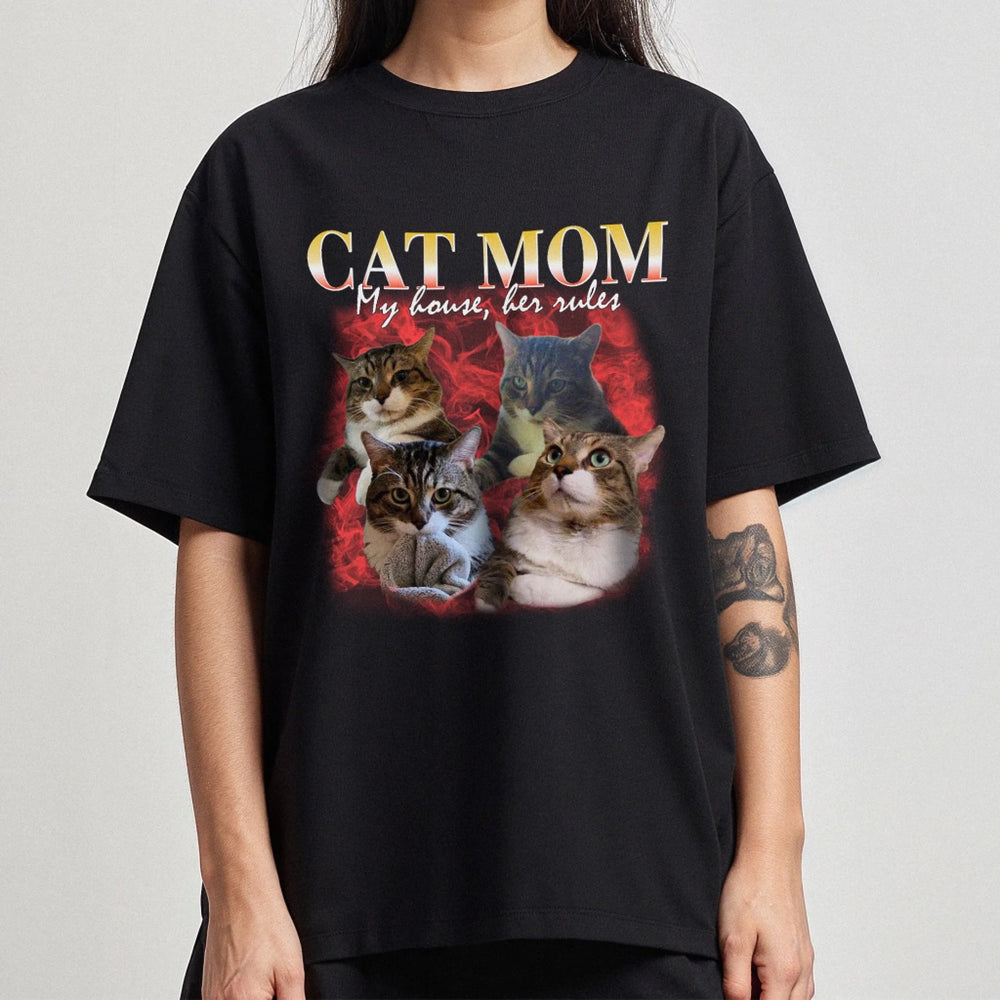

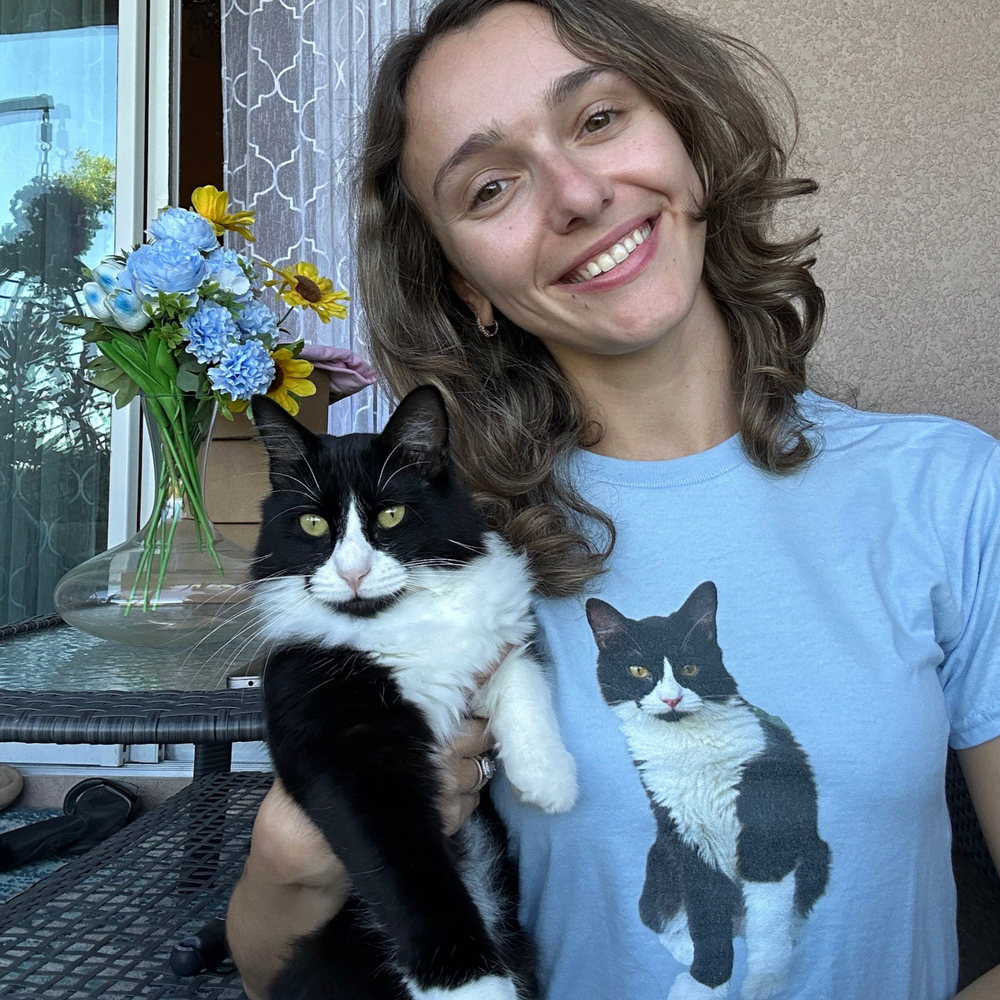

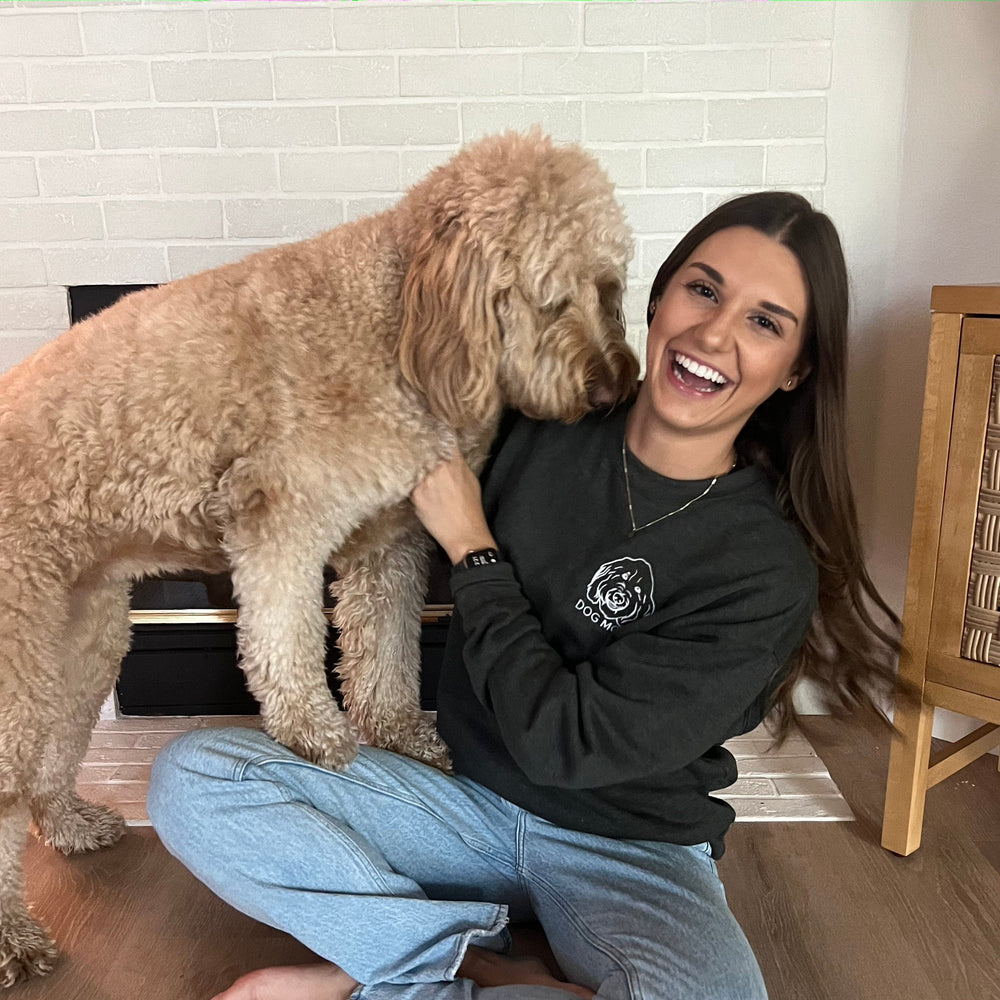


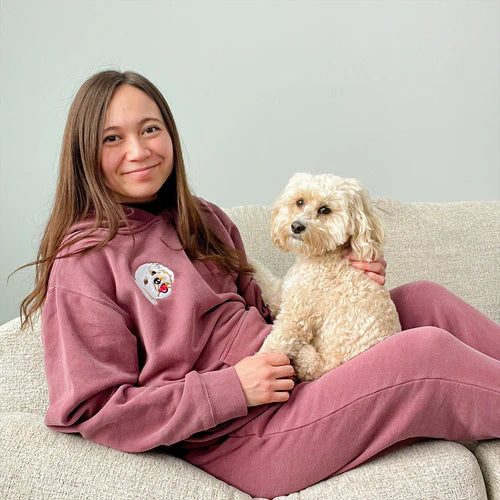



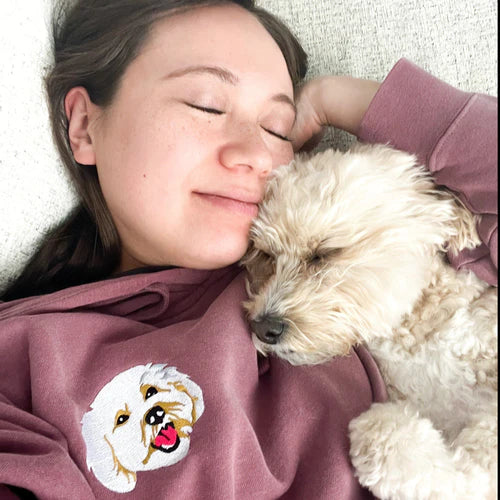







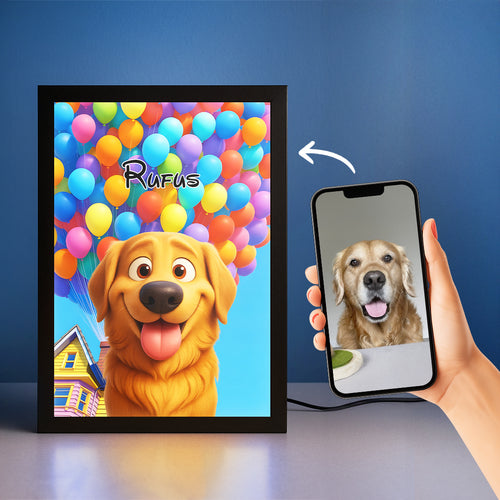
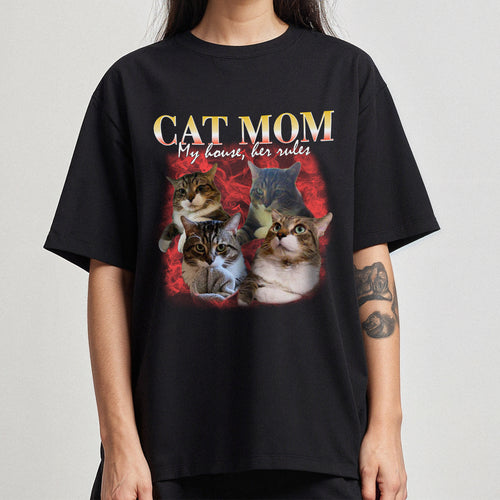



 Reviews
Reviews
 My Account
My Account
 Contact Us
Contact Us
 Help
Help


